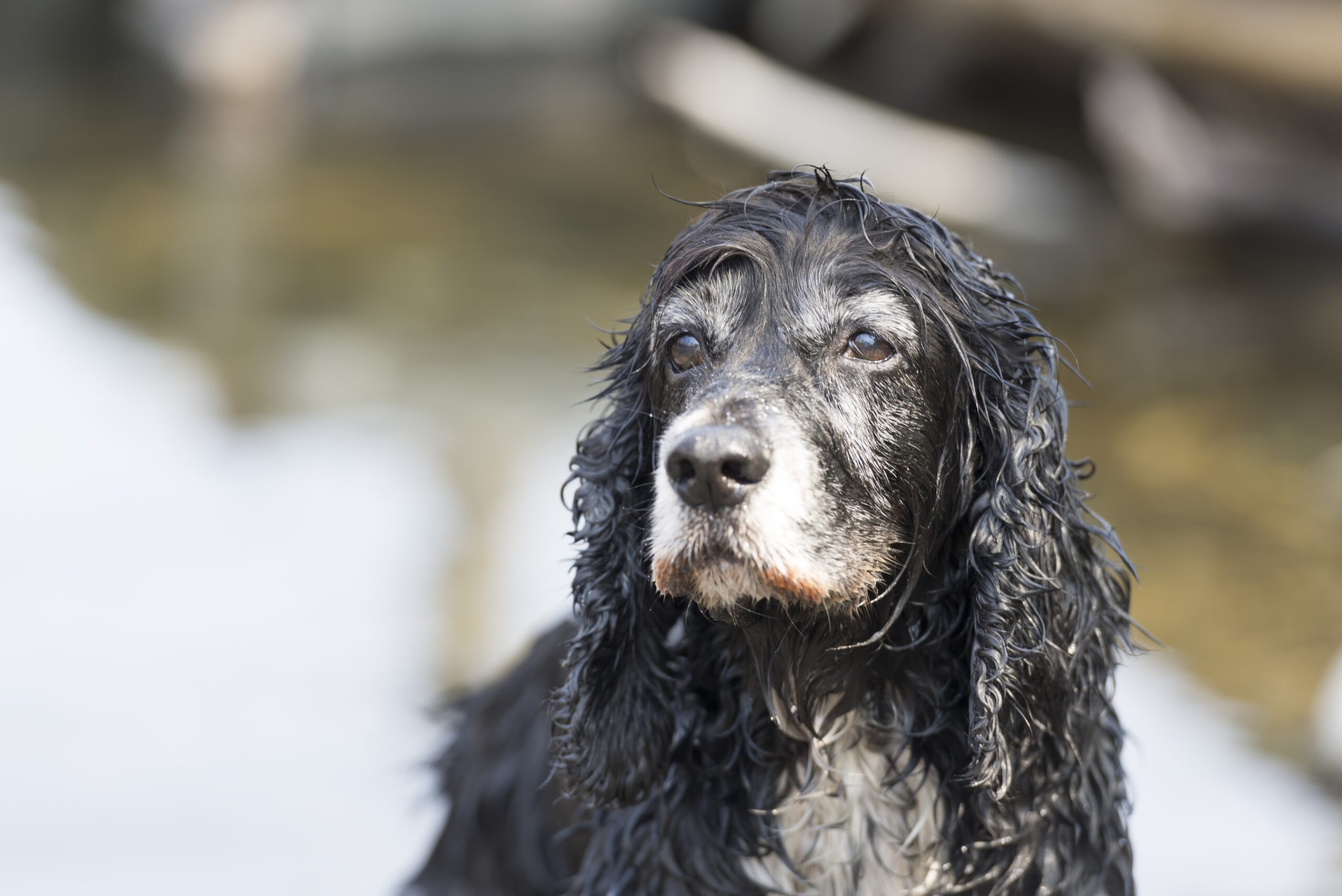A dryer that smells like a wet dog can be unpleasant and concerning, especially if you don’t own a dog!
This issue may arise due to various reasons, ranging from improper maintenance to mechanical problems.
In this troubleshooting guide, we’ll explore the potential causes of this undesirable odor and provide step-by-step solutions to help you get rid of the smell and ensure your dryer functions optimally.
Why Does My Dryer Smell Like Wet Dog (Solved)
A dryer smelling like a wet dog is typically caused by moisture in the filter or lint trap, debris caught in the dryer drum, or mold or mildew growing inside the machine.
So now we have answered the main question, let’s dive into troubleshooting.
Step 1: Clean the Lint Trap and Filter
A clogged lint trap and filter can trap moisture and cause unpleasant odors.
Follow these steps to clean them:
- Turn off the dryer and unplug it from the power source for safety.
- Locate the lint trap, usually found inside the dryer door or on top of the dryer.
- Remove the lint trap and discard the accumulated lint and debris.
- Use warm, soapy water to wash the lint trap and allow it to dry thoroughly before putting it back in place.
Step 2: Clean the Dryer Drum and Vent
Over time, lint, debris, and even pet hair can accumulate inside the dryer drum and vent, leading to odors. Follow these steps to clean them:
- Unplug the dryer and disconnect it from the venting system (if applicable).
- Use a vacuum cleaner with a narrow nozzle attachment to remove lint and debris from the dryer drum and vent.
- Wipe down the interior of the drum with a damp cloth and a mild detergent.
- If your dryer has a vent leading outside, inspect and clean it as well. Ensure there are no blockages hindering proper airflow.
Connect with an Appliance Repair Technician
Click here to use the chatbox to speak with one of our friendly technicians
No in-home service calls. No appointments.
Step 3: Check for Mold or Mildew Growth
Mold and mildew thrive in dark, damp environments, making your dryer an ideal breeding ground if it’s not adequately ventilated. Follow these steps to deal with mold or mildew:
- Inspect the drum, door seal, and gasket for any signs of mold or mildew growth.
- Wipe affected areas with a mixture of equal parts white vinegar and water or use a mildew-specific cleaner.
- Allow the interior to dry completely before using the dryer again.
- Ensure proper ventilation by keeping the laundry room well-ventilated and allowing the dryer door to remain open when not in use.
Step 4: Check for Animal Intrusion
Sometimes, small animals or rodents can find their way into the dryer vent system, leaving behind unpleasant odors. Follow these steps to address animal intrusion:
- Inspect the vent system for signs of animal activity, such as nests or debris.
- If you find evidence of animal intrusion, disconnect the dryer from the vent and remove any foreign materials.
- Consider installing a vent cover or mesh to prevent animals from entering the vent system in the future.
Step 5: Clean the Exhaust Duct
A clogged exhaust duct can lead to poor airflow, trapping moisture and causing bad smells. Follow these steps to clean the exhaust duct:
- Disconnect the dryer from the power source and unplug it.
- Carefully detach the exhaust duct from both the dryer and the wall vent.
- Use a vent cleaning brush or a vacuum cleaner to remove lint and debris from the duct.
- Reattach the exhaust duct securely to the dryer and wall vent.
Connect with an Appliance Repair Technician
Click here to use the chatbox to speak with one of our friendly technicians
No in-home service calls. No appointments.
Final Thoughts
By following these troubleshooting steps, you should be able to eliminate the wet dog smell from your dryer.
Regular maintenance and proper care are essential to ensure your dryer operates efficiently and odor-free.
If the issue persists despite troubleshooting, consider contacting a professional appliance repair service for further inspection and assistance.
Connect with an Appliance Repair Technician
Click here to use the chatbox to speak with one of our friendly technicians
No in-home service calls. No appointments.
Related Articles
- Accidentally Put Dish Soap in the Clothes Washing Machine?
- Is Your Dishwasher Leaking?
- Dryer Stopped Mid Cycle (Solved)
References
- Image by wirestock on Freepik

